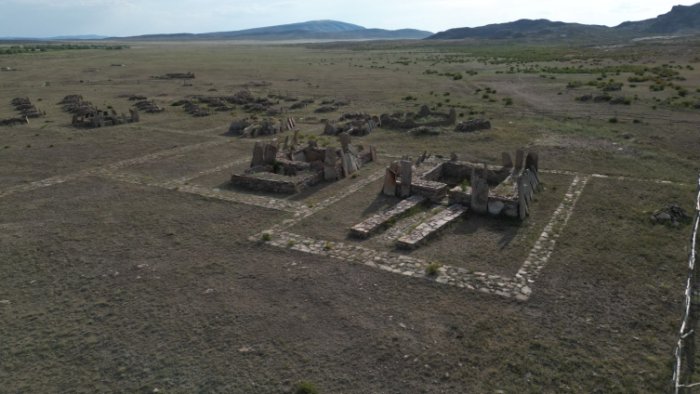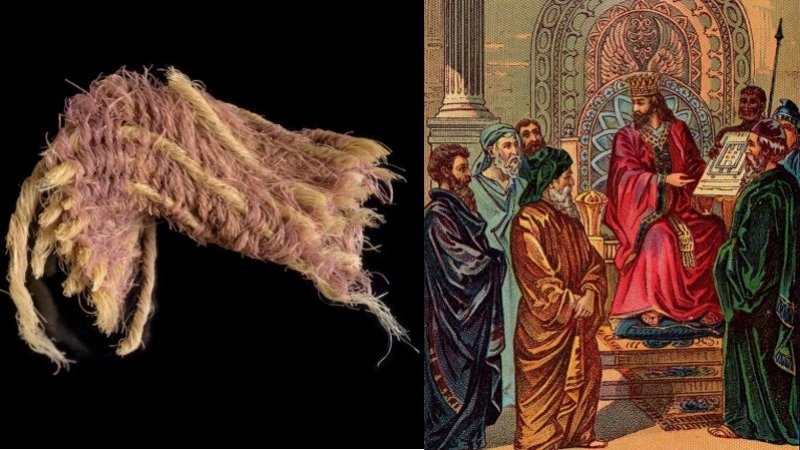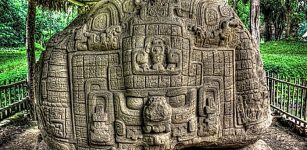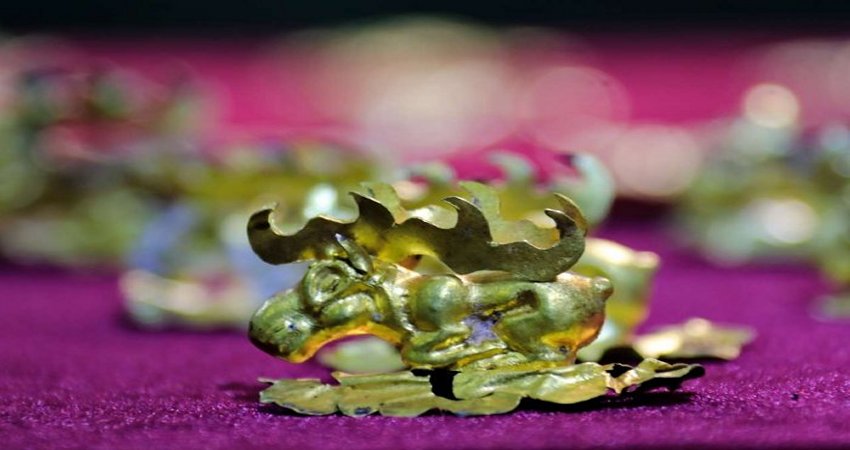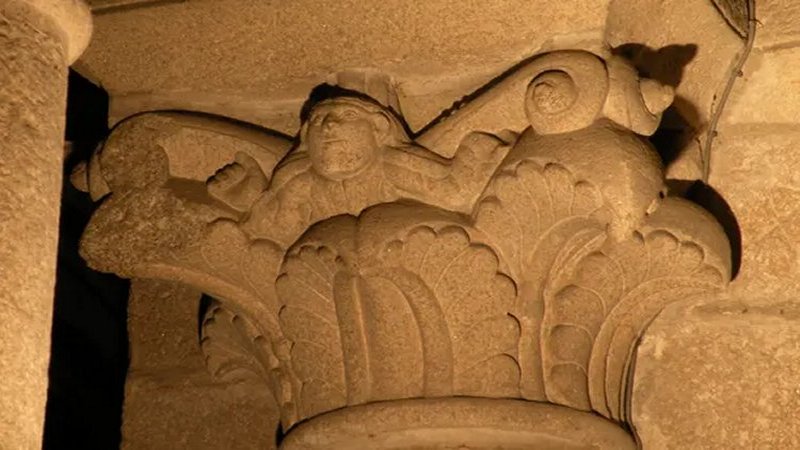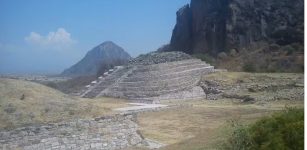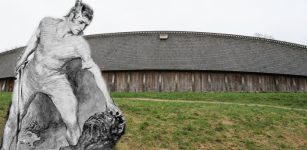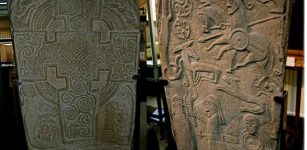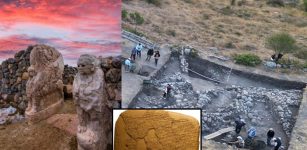Intriguing 3,400-Year-Old Multipurpose Pyramid Found In Kazakhstan
Jan Bartek – MessageToEagle.com – Earlier this year, scientists reported the discovery of a sophisticated 4,000-year-old steppe pyramid in Kazakhstan. Archaeologists have now found yet another pyramid located on a hill next to the Taldy-Nura River, 13 km east of the village of Taldy in Shet district of Karaganda region.
The intriguing pyramid is fascinating for several reasons. This is the fourth season archaeologists from Karaganda University conduct excavations at the site.
A multipurpose pyramid was found in Kazakhstan. Credit: Dr. Aibar Kassenali
According to Dr. Aibar Kassenali from the National Museum of the Republic of Kazakhstan, carbon 14 analyses on the structure indicate the pyramid is dated between the 14th and 12th century B.C.
Scientists suggest the pyramid is a mausoleum complex built for a ruler from the Begazı Dandibay culture.
Begazy-Dandybai culture is a late Bronze Age culture in the territory of ancient central Kazakhstan, Kyrgyzstan, and Uzbekistan that flourished from the 13th to 10th centuries B.C. and centered in the Saryarka region.
Most Begazy-Dandybai burials are in kurgans, but these people also constructed unusual megalithic mausoleums.
In the burial chamber of the mausoleum, archaeologists found ancient decorated ceramic vessels, a ringed arrowhead made of bronze and gold, and a mysterious piece of pottery thought to resemble an archaic writing style. The theory the place was a burial site was confirmed when researchers found the skull of a ruler belonging to the Andronovo tribe chief.
Credit: Dr. Aibar Kassenali
“The presence of multiple pyramidal stepped mausoleums detected in the region shows that the Taldi River valley, located in the Sari Arka steppes, was used by the Andronovo communities in the Bronze Age as the valley of kings where their great leaders were buried, just like the Nile Valley in Egypt,” Dr. Kassenali told the TRT Haber.
The cut stones found in the Karajartas pyramid, the size of the mausoleum, and the fact that such a massive structure was built in the Bronze Age and a very arid region such as the steppe is an indication of the high understanding of art and rich spiritual beliefs that the Begazi Dandibay communities shared and practiced.
Karajartas Pyramid Was Much More Than A Burial Site
There is historical and archaeological evidence people in the region built triangular tombs.
“In the historical passages of Ctesias of Cnidus and Diodoros of Sicily, where they describe the Scythian-Mede wars, it is stated that the Sakas had a queen named Zarina at the head, and as a result of her campaigns with neighboring peoples, she civilized her country and founded several cities; and after her death, her people built the largest tomb in their land. It is reported that they built a triangular tomb,” Dr. Serhan Çınar told the TRT Haber.
Credit: Dr. Aibar Kassenali
Karajartas mausoleum was not just a burial site but also an important place where sacred and religious ceremonies were held.
Rock paintings reveal inhabitants studied solstices and the public celebrated sacred astronomical conjunction with various festivities.
In addition to the ancient pyramid, a proto-city settlement called Kent was found nearby.
Credit: Dr. Aibar Kassenali
“Spreading over an area of 15 hectares, this center is chronologically known as Troy 4 in Asia Minor. It existed in the same historical period as the Early Mycenaean period in mainland Greece and the advanced layers of the Middle Kingdom city-states in Egypt. There were labyrinth gates, moats, and protruding walls within the settlement. These ancient cities had a regularly planned street network and water collection systems,” Dr. Çınar explained.
See also: More Archaeology News
“Begazı Dandibay communities show that they have close connections with the Karasuk culture of Southern Siberia, which constitutes the Proto-Turkish culture.
“The corridors leading to the burial chamber, especially in the mausoleums of the Begazı Dandibay phase, always open in the direction of the sunrise, as a manifestation of traditional Turkish religious belief,” the researcher added.
Written by Jan Bartek – MessageToEagle.com – AncientPages.com Staff Writer




